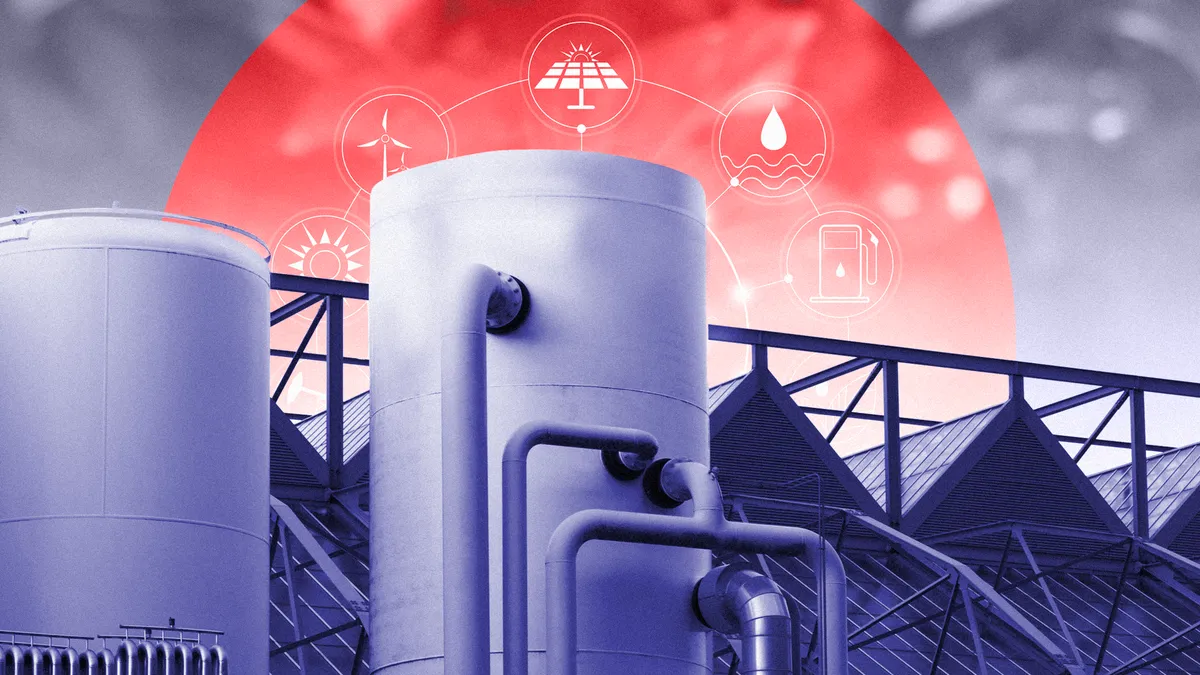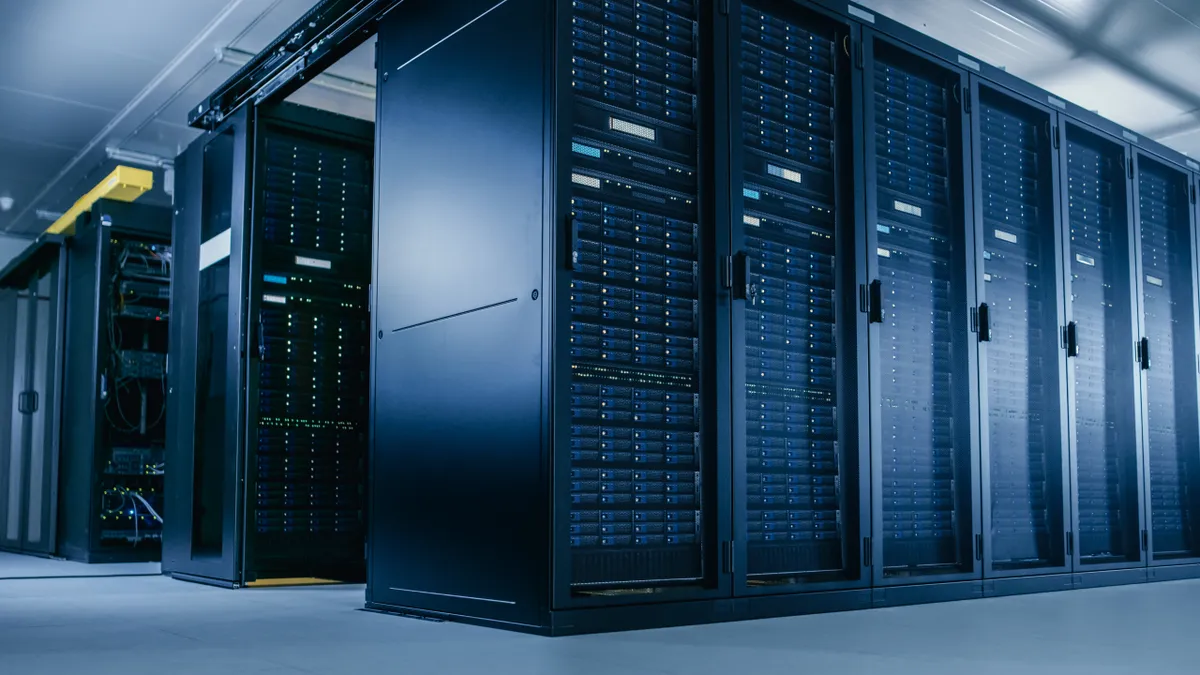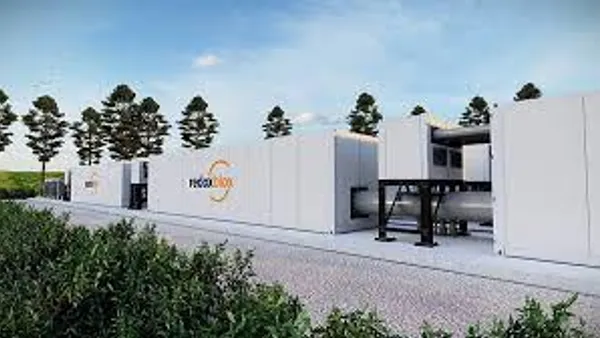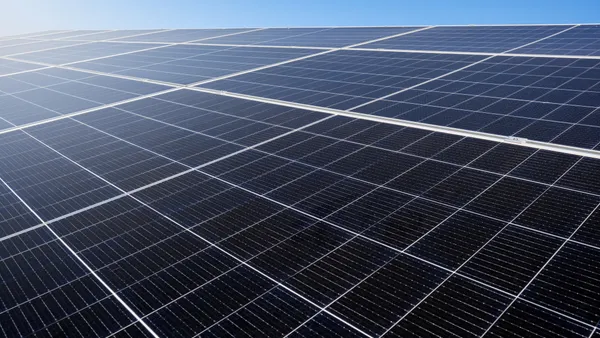Dive Brief:
- Energy storage of different durations and attributes is needed to absorb excess intermittent renewable energy and fill in resource gaps as extreme weather, electric vehicles and building electrification push up demand on U.S. power grids moving towards decarbonization. But the growth of storage faces key mineral shortages and other roadblocks, said experts at a webinar conducted by Our Energy Policy last week.
- Domestic mining of energy storage elements and manufacturing of technologies can avoid many of those challenges. Developing storage technologies onshore with the support of the federal government and venture capital will keep costs down by avoiding growing shipping costs and geopolitical challenges, storage experts said.
- Building homegrown energy storage also can help cut pollution in overburdened communities when replacing fossil projects and create jobs in these struggling regions, experts said. “It is appropriate and critical to ensure equity of access to good jobs for those in traditionally excluded communities,” John Rhodes, Special Assistant to the President in the White House Office of Domestic Climate Policy, said during the webinar.
Dive Insight:
Whether the heat wave in Texas and the strain it has been putting on the state’s grid opens the door to more short and long-duration energy storage in the state and around the country is unclear but long-duration storage, in particular, is urgently needed to “insulate the grid from a resilience perspective,” said Sameer Reddy, managing partner with venture capital firm, Energy Impact Partners.
Other experts also emphasized the need to develop a range of short and long duration energy storage technologies to support a stressed grid across the country.
“As we move toward the wonderful integration of wind and solar,” storing rising levels of intermittent energy “is absolutely critical” and must happen over the next few years, to clean the grid and decarbonize transportation, said Esther Takeuchi, chair of the Interdisciplinary Science Department at Brookhaven National Laboratory. “I think the entire energy landscape can be transformed relatively quickly,” she added.
Experts acknowledged the challenges to growing energy storage, including constraints on mineral imports and the building of needed transmission for renewables and energy storage, but they also emphasized potential financial and technical opportunities and breakthroughs.
The venture capital market, which has poured billions of dollars into energy storage technology companies over the last five years, is getting more “discerning” in the higher interest rate environment, said Reddy. Because of the large amounts of money raised during the low interest rate environment and the “highly leveraged economy,” $40 billion is sitting on the sidelines that “has to go somewhere” he added. Some of it will likely go towards companies developing storage technologies that can beat out lithium-ion batteries on cost and duration. In addition, the federal government has allocated billions of dollars for domestic clean energy projects, including for electric car battery recycling and battery production, including lithium extraction, which is used in most of today’s battery storage.
Part of the long-term solution for a decarbonized grid by 2035, and for the “good for this country,” is to bring a lot of energy storage manufacturing capacity to the U.S, which should include less environmentally unfriendly approaches to extracting mineral deposits, said Rhodes. He pointed to the president invoking the Defense Production Act to increase U.S. energy independence, including for domestic battery production, and billions of federal dollars appropriated by Congress, from $7.5 billion for electric vehicles to $2.3 billion for clean resilient state and tribal grids, to help bring costs down, “creating and assuring markets.”
Also helping advance energy storage are scientific tools developed by the national laboratories, including ones that probe batteries while they run, providing operational insights much more quickly than was possible a few years ago, said Takeuchi. That reduces the technical risks for companies trying to launch storage products, and “much faster than in the past,” she added














